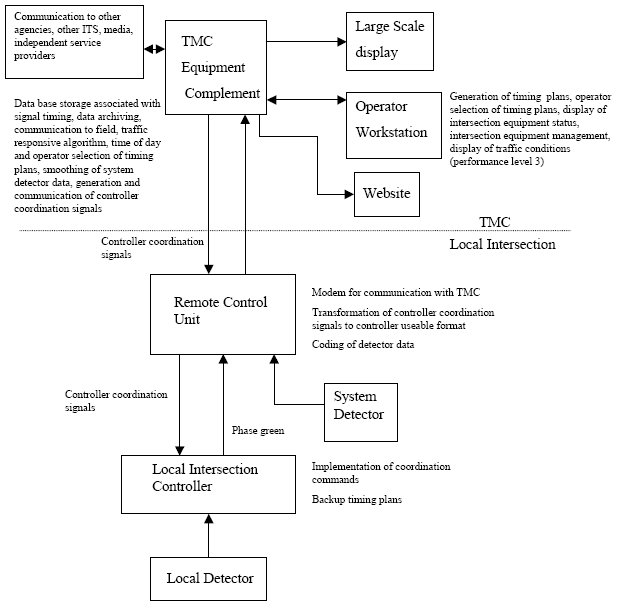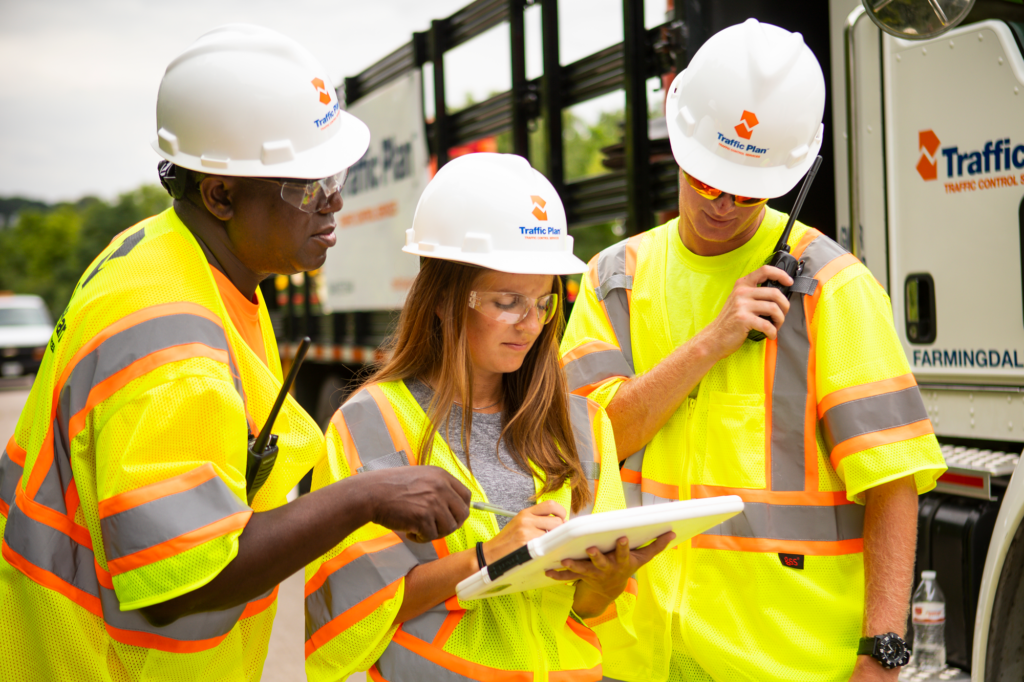10 Simple Techniques For Safety Network
Table of ContentsNot known Details About Safety Network Some Ideas on Safety Network You Need To KnowThe smart Trick of Safety Network That Nobody is DiscussingSafety Network for DummiesThe Ultimate Guide To Safety Network
The phases within a ring are numbered as highlighted in Number 7-2. Dual-Ring Controller System Consists of 2 interlocked rings set up to time in a preferred series as well as enable concurrent timing of respective stages in both rings, based on the restriction of the obstacles (compatibility lines). Traffic control companies. Each ring may contain approximately 2 phases in each of its 2 barrier teams, for an overall of 8 stages.Obstacle (compatibility line) A recommendation factor in the marked series of dual-ring and also multi-ring controller units at which rings are interlocked. Barriers make sure contradictory phases will certainly not be chosen or time concurrently. At an obstacle, rings end the existing stage as well as go across the barrier simultaneously, as illustrated in Number 7-3.
If a telephone call does not exist in one of the rings when the barrier is gone across (from the various other stage team), a stage is selected in that ring to be triggered by the controller in an established manner. For example, referring again to figure 7-3 in the lack of contact Stages 7 and 8, Stage 2 as well as Phase 6 terminate to service a get in touch with Phase 3. https://www.directorytogoto.com/articles/the-ultimate-guide-to-safety-network.
How Safety Network can Save You Time, Stress, and Money.

Establishing Summary Minimum Environment-friendly The outright minimum duration of the phase's eco-friendly indication. The phase can not gap out or be compelled off throughout this interval. Variable First Environment-friendly A time determined from the number of technique detector actuations during red. In the absence of a stopline detector, it allows enough time to solution vehicles queued between the stopline and also an advance detector.
The period of this interval is influenced by relevant criteria consisting of Added Preliminary (amount of eco-friendly added per actuation) and Maximum Preliminary. The stage can not space out or be compelled off throughout this interval.
The Buzz on Safety Network
Environment-friendly Extension The amount of time through which the eco-friendly is prolonged after an automobile is spotted. If the minimum eco-friendly, variable first environment-friendly, Stroll, and FDW have all ran out, and also no technique detector input is presently On, the phase this environment-friendly can terminate (gap out) if the time gap between consecutive cars surpasses the eco-friendly expansion time plus the time the detector input continues to be On while the lorry is being picked up.
This parameter bypasses Eco-friendly Extension, yet none of the other parameters above. Yellow Clearance The dealt with duration of the yellow indication that constantly adheres to the environment-friendly indication. Red Clearance The time throughout which both the ending stage, and also the following conflicting stage(s) about to start, all at once present a red sign - Traffic control signs.
The "volume" option increments a first green interval timer each time a lorry is spotted while the stage is red. The minimum eco-friendly is timed as the higher of the regular minimum green and this computed preliminary eco-friendly, as much as an optimum. In the absence of stopline detectors, it can be used to count the variety of automobiles waiting in front of the breakthrough detectors and also raise the minimal green, if needed, to clear this queue.
Safety Network Fundamentals Explained
One such sequence can be utilized on one road (one barrier team), while a different series is made use of on the other street. Series Summary Leading Left Turn Series begins with Phase 1 as well as Stage 5, the opposing turns relocating with each other. As need ends or maximum green is reached on either Phase 1 or Phase 5, the corresponding left-turn is terminated after the appropriate adjustment as well as clearance periods, and the opposing thru motion (Stage 2 or Stage 6) is provided a green sign concurrent with its coming with left-turn.
As need finishes or optimum environment-friendly is gotten to on Stage 5, that left-turn is ended after the appropriate change and clearance periods - https://www.startus.cc/company/safety-network. The opposing thru activity, Stage 6, is released to keep up Phase 2. As demand ends or optimum eco-friendly for Phase 2 is gotten to, it is terminated after the correct change and also clearance intervals, at the barrier line.

The Buzz on Safety Network
Input Description Lorry Detector Call Enters a car demand for solution into the ideal phase of the controller unit. Pedestrian Detector Phone Call Goes into a pedestrian demand for service right into the associated stage of the controller device. Hold Command that maintains the existing right of way and has different actions, as follows relying on operation in the car non-actuated or actuated mode: For a non-actuated stage, energization of the hold input maintains the controller device in the timed out stroll duration with eco-friendly and walk indications displayed.
De-energization of the hold input and with the stroll interval timed out creates the controller device to advance right into the pedestrian clearance period. Re-application of the hold input while timing the pedestrian clearance part of the environment-friendly interval neither hinders the timing of this period nor the discontinuation of the stage.
Comments on “Safety Network Fundamentals Explained”